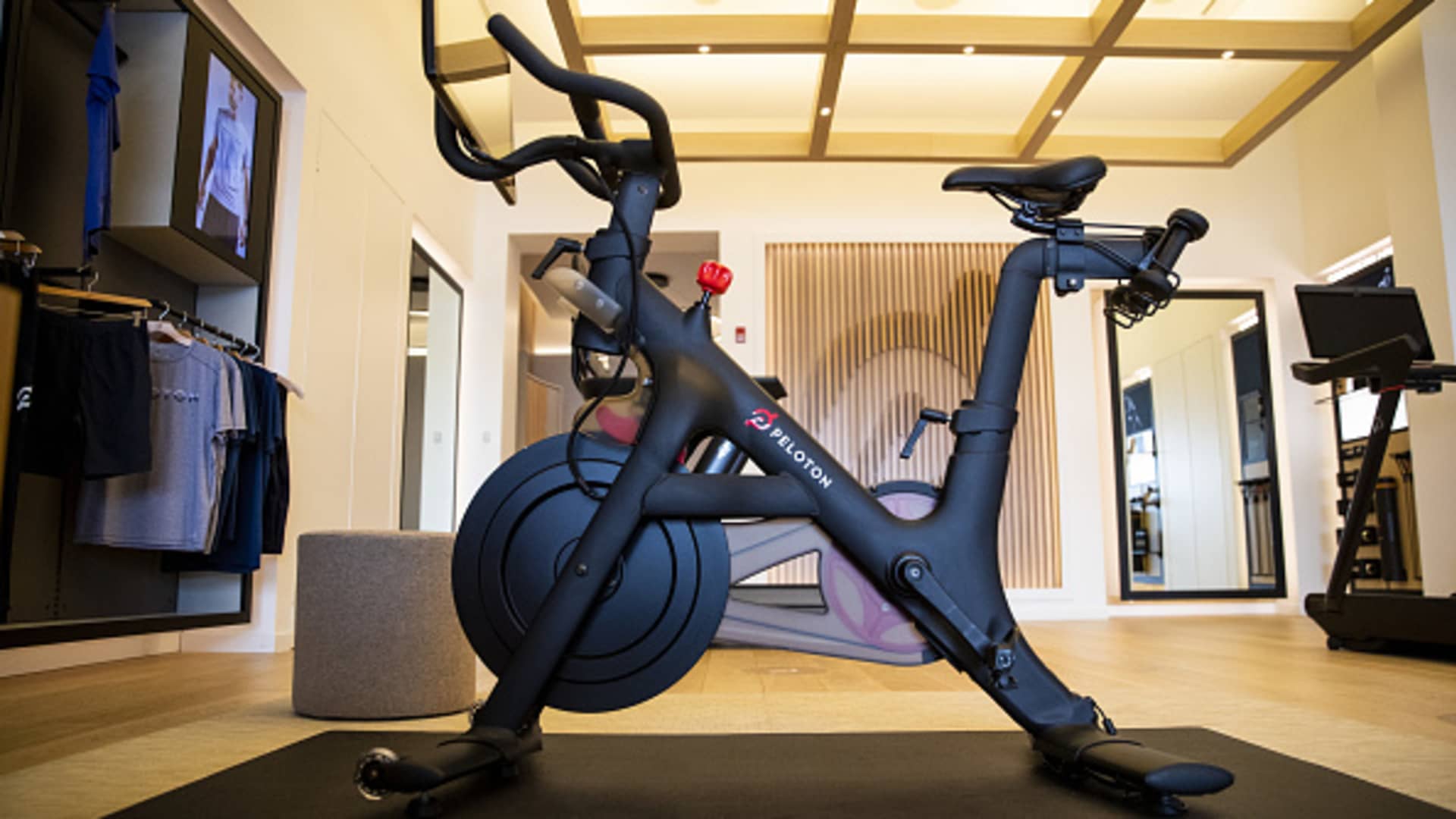
If you’ve been tempted to buy a posture correction belt because your back feels more like a banana than a straight line, you’re not alone. With long hours spent hunched over laptops and phones, poor posture has become a common modern complaint – and quick-fix gadgets promise instant relief. But do they actually work, or are they just clever marketing?
Also Read | Delhi pollution to increase rheumatoid arthritis risk? Manipal Hospital orthopaedic surgeon reveals 7 warning signs
Dr Manan Vora, a Mumbai-based orthopaedic surgeon, health educator, and co-founder of NutriByte Wellness, has revealed the truth behind posture correction belts – and whether they actually work.
In an Instagram video posted on November 6, the orthopaedic surgeon explains how these belts actually impact your spine and back muscles. He highlights, “Real posture doesn’t come from a device. It comes from strong core muscles, stable shoulders, and a mobile spine.”
Mechanism of posture correction belts
According to Dr Vora, posture correction belts create the illusion of standing taller because the straps keep the spine rigid. However, in reality, they stop your core and back muscles from doing their job. He explains, “The muscles around your spine are getting a little too comfortable because a belt is doing their job for them. So, it’s like having a friend who holds your neck up all day. Eventually, your neck muscles stop working because they just don’t have to. The same thing happens with your back.”
Why don’t they work?
Dr Vora quips that if these posture correction belts really worked, everyone would be walking around with perfect posture by now. However, he notes that they do not, because passive devices are not meant to replace active muscles. He explains, “Your spine is not meant to be locked in one straight position. It is naturally curved like an S shape. It is built to move, bend, and absorb shocks as you go about your day.”
The orthopaedician explains that once you remove the belt, your posture can actually deteriorate further, as the muscles become dependent on external support. He advises, “So, instead of outsourcing your posture to a strap, train it. Strengthen your core, your shoulders, and your upper back because that’s what truly supports your spine. Don’t fall for these useless products.”
Note to readers: This article is for informational purposes only and not a substitute for professional medical advice. It is based on user-generated content from social media. HT.com has not independently verified the claims and does not endorse them.






